Text and Photos by Henrylito D. Tacio
I had been to Washington, D.C. thrice. The first time was when I presented a paper on water and population at Woodrow Wilson Center. The second time was when I accompanied my sister Marilou and her husband, David Eplite. The third time was when I accompanied my lawyer friend who had to attend a meeting. On all occasions, the city never failed to mesmerize me.
How true were the words of the authors of Let’s Go: Washington, D.C.: “Washington’s strange experiment — an infant nation scratching together a capital — has matured into one of America’s most celebrated cities. Its marbled monuments and museums suck in millions of visitors for a brush with lunar landers or a peek at the president.”
If you were like me, you need to spend about a week or so to really get to the capital of the United States. But if you don’t have that much time, I suggest you visit the following. Most of the information came from the book I mentioned earlier:
White House: 1600 Pennsylvania Avenue; that’s the address. Home and headquarters of the American president. Take the visitors’ tour (though unguided but guarded) through the East Wing, and sneak a peek at the Rose Garden, which Jackie O. made famous.
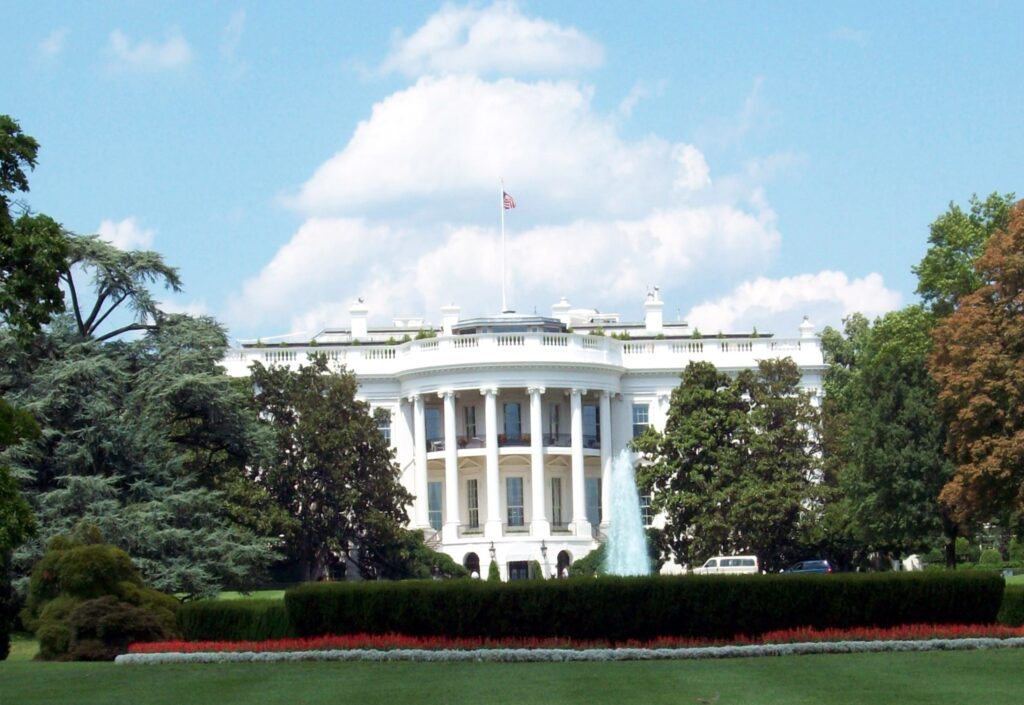
The Capitol: Consider this splendid domed building the epicenter of American democracy. Inside, check out the House and Senate Chambers, Statuary Hall, and the Crypt containing Washington’s empty tomb. Our front, the U.S. Botanical Gardens, brim with exotic flora.
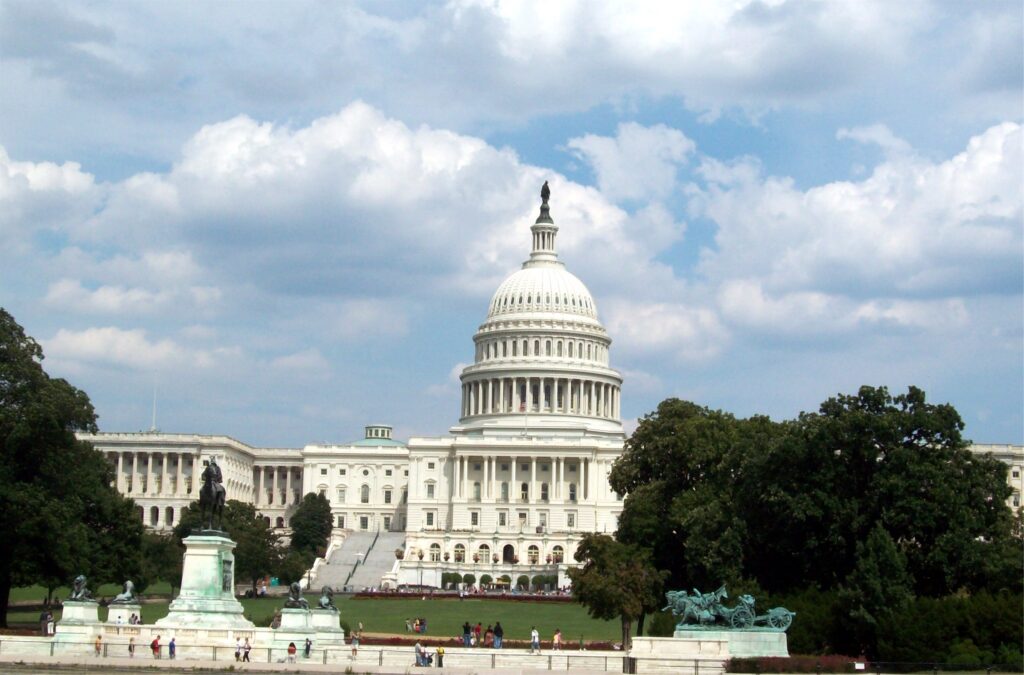
Vietnam Veterans Memorial: The polished black stone wall contains the names of the 58,214 Americans who died or are still missing in Vietnam in chronological order of their death. Visitors leave flowers and offerings or take rubbings of the names from the Memorial.
Washington Monument: At 555 feet and 5.5 inches, it towers over everything in the Nation’s Capital. It is open daily except December 25. Free tickets for a timed entrance are required. A 70-second elevator ride takes visitors to the top for spectacular views of the city.
Korean War Veterans Memorial: Composed of 19 larger-than-life stainless steel statues, it honors the 54,000 American troops who died in the Korean conflict from 1950 to 1953. Etched on the wall closest to the center of the fountain are the words “Freedom is not free,” a chilling reminder of the hardships American forces endured in the war.
Reflecting Pool: From a distance, it reflects the famed Washington Monument in seven million gallons of water. Modeled after similar pools at Versailles and the Taj Mahal, its design minimizes wind ripples and sharpens the watery visage of the monument. This was featured in several movies, including the award-winning Forrest Gump.

Lincoln Memorial: Modeled after Parthenon, the commanding memorial looms over the reflecting pool in dramatic stone splendor. It took 50 years after Abraham Lincoln was assassinated in 1865 to build this grandiose memorial designed by American architect Henry Bacon.
Jefferson Memorial: Located south across the Tidal Basin from the Washington Memorial, it is the coolest of D.C.’s memorials due to the cross-breezes off the Potomac. At 19-feet hollow bronze statue of Thomas Jefferson stands enshrined in a domed, open-air rotunda encircled by massive Ionic columns.
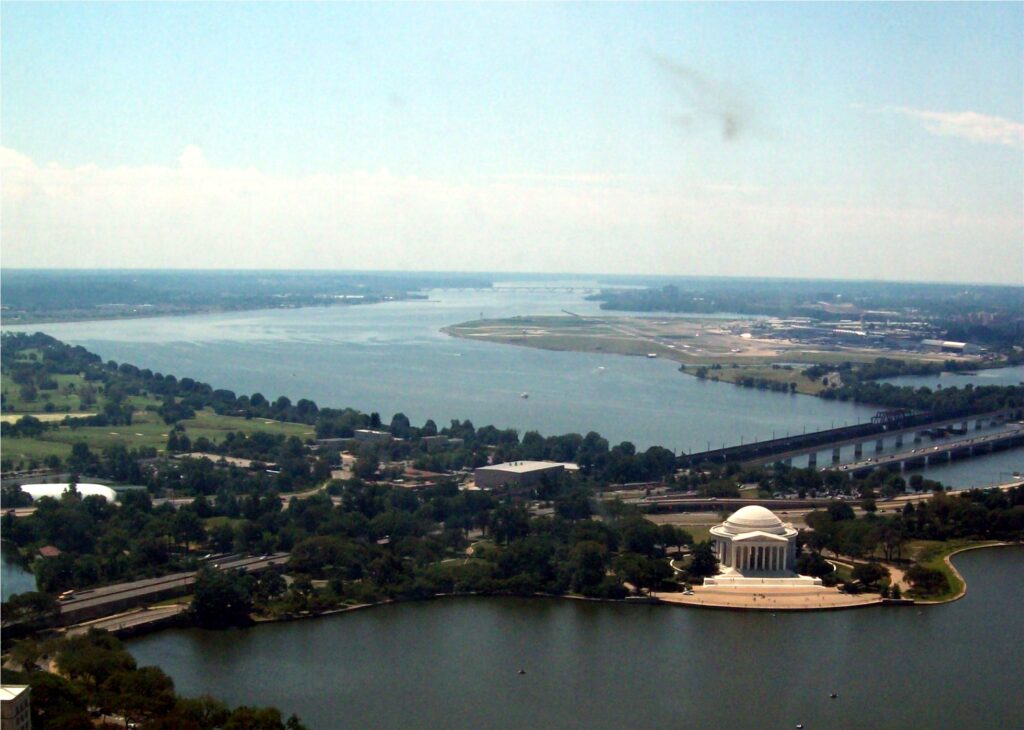
The Castle: The Smithsonian Museums was the brainchild of James Smithson, a British chemist who never visited the U.S. but left 105 bags of gold sovereigns — the bulk of his estate — to “found at Washington, under the name of the Smithsonian Institution, an establishment for the increase and diffusion of knowledge among men.” To tour the museums, you have to go first to the Castle, the large red brick Victorian Gothic building. It is here where you can get all the information you need about the museums.
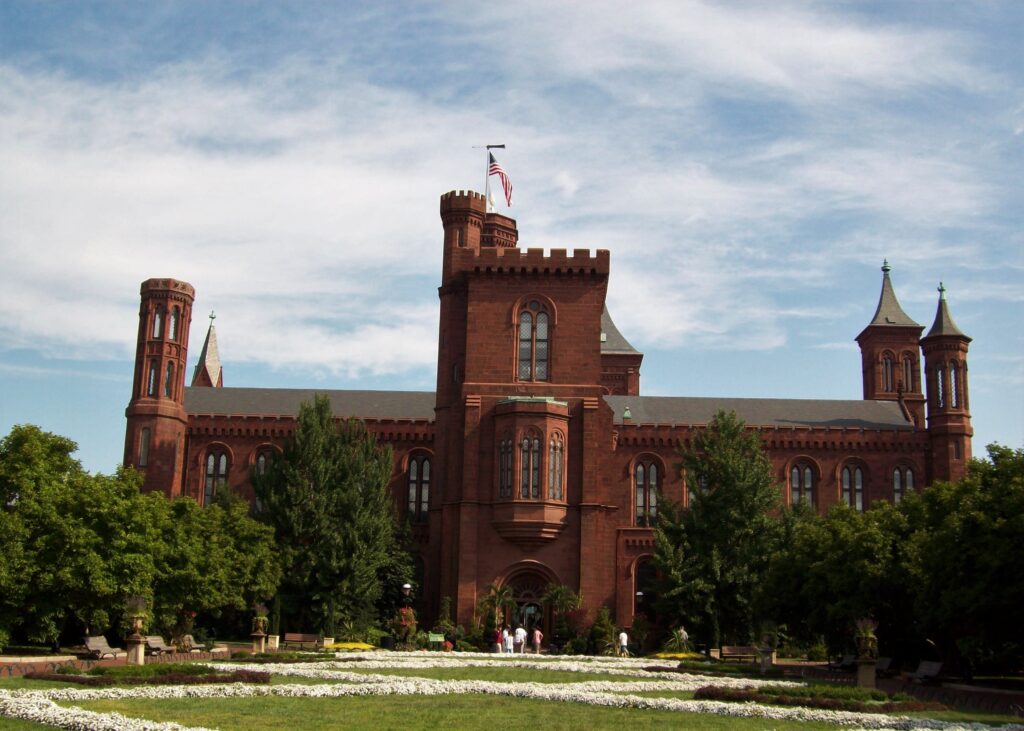
National Museum of American History: There are several museums but select only what you really want to visit. This is the first of what we highly recommend. Everything you need to know about American history is here, including the ruby slippers worn by Judy Garland in The Wizard of Oz and the baseball signed personally by Babe Ruth.
National Museum of Natural History: You will spend so much of your time here since it contains three crowded floors of rocks, animals, people, and gift stores. Biggest attractions: the cursed Hope Diamond and dinosaurs. If you’re fascinated with the Ice Age, you get to have a glimpse of how the giant ground sloth, the saber-toothed tiger, and the woolly mammoth look like.
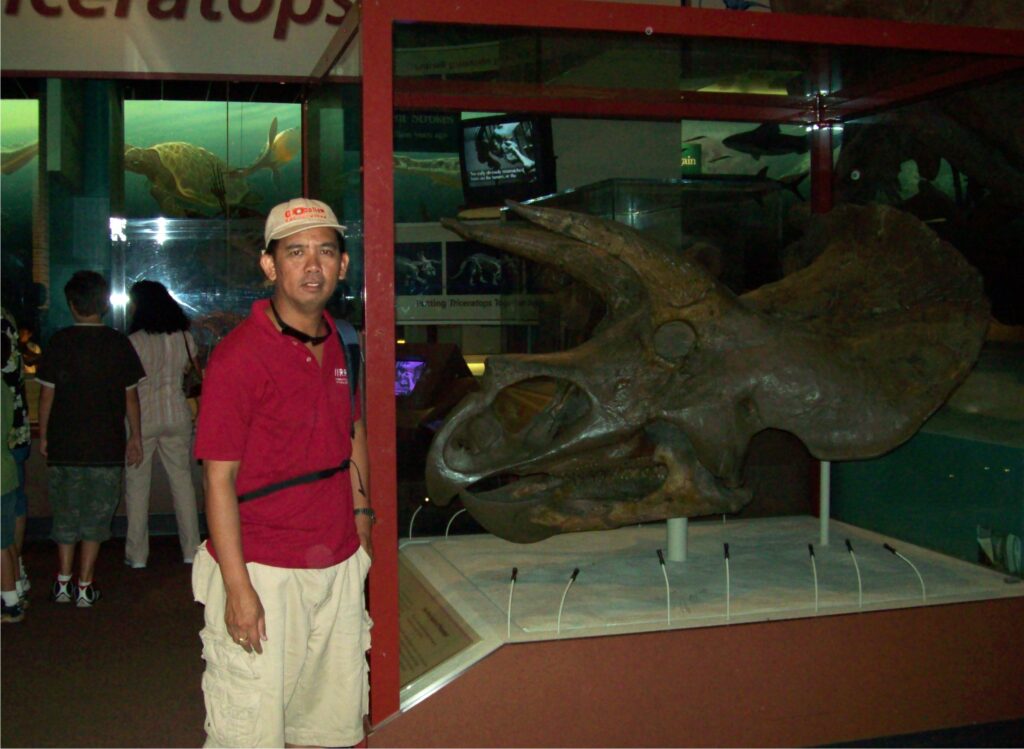
National Air and Space Museum: Saving the last for the best. Colossal in its expanse and scope, it exhibits themselves soar stories from foundation to rooftop. Among those that are exhibited are the following: the lunar module that Neil Armstrong and Buzz Aldrin used when landing on the moon, the Wright brothers’ biplane, Charles Lindbergh’s Spirit of St. Louis, and the shiny red Lockheed Vega Amelia Earhart used to set two records.
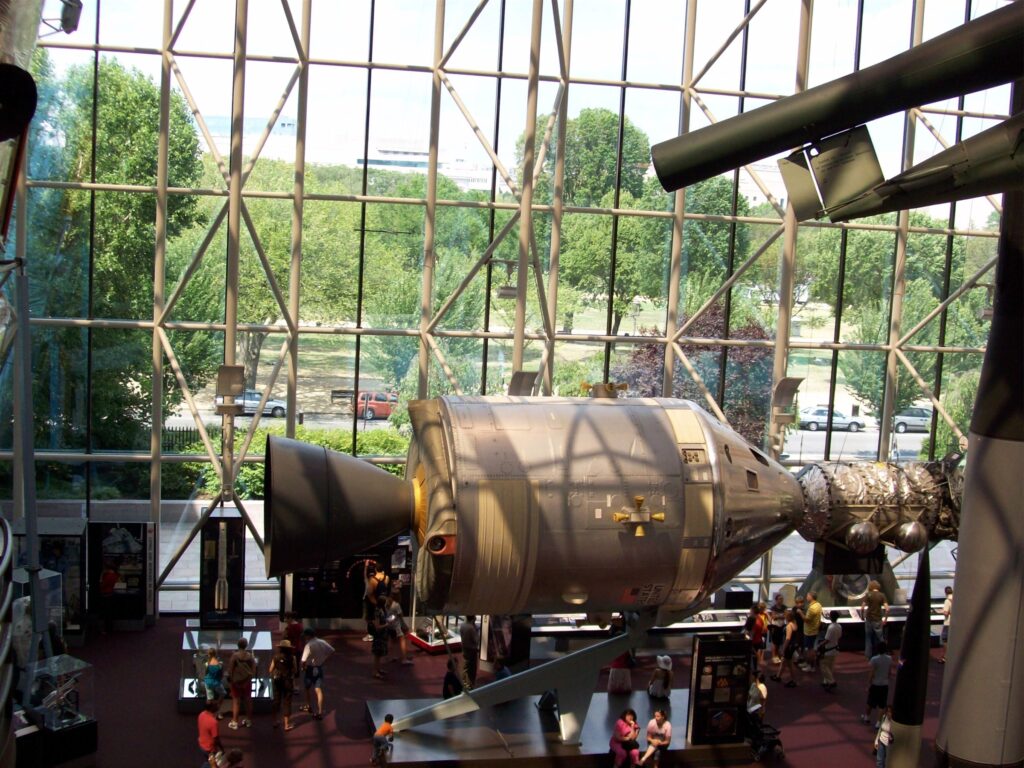
There are many other places you can go while you are in Washington, D.C., but those are the first things you need to go before you explore other areas. Once you have seen them all, you might echo the words of Marion Barry, who said: “I may not be perfect, but I’m perfect for Washington.”

